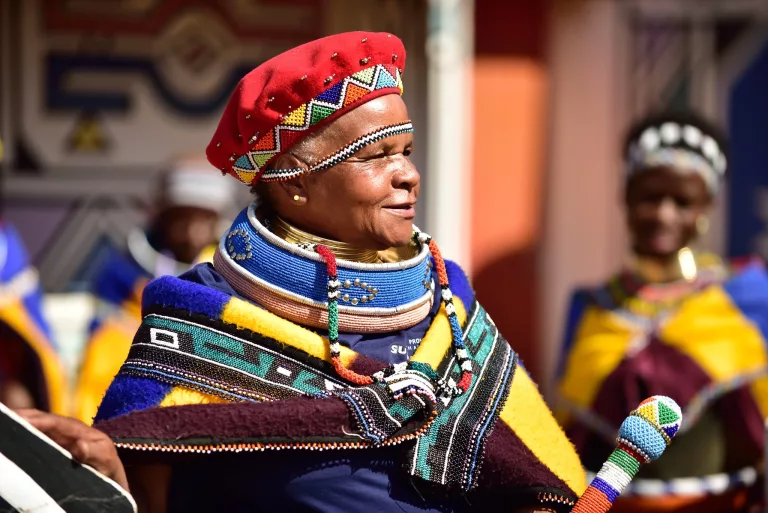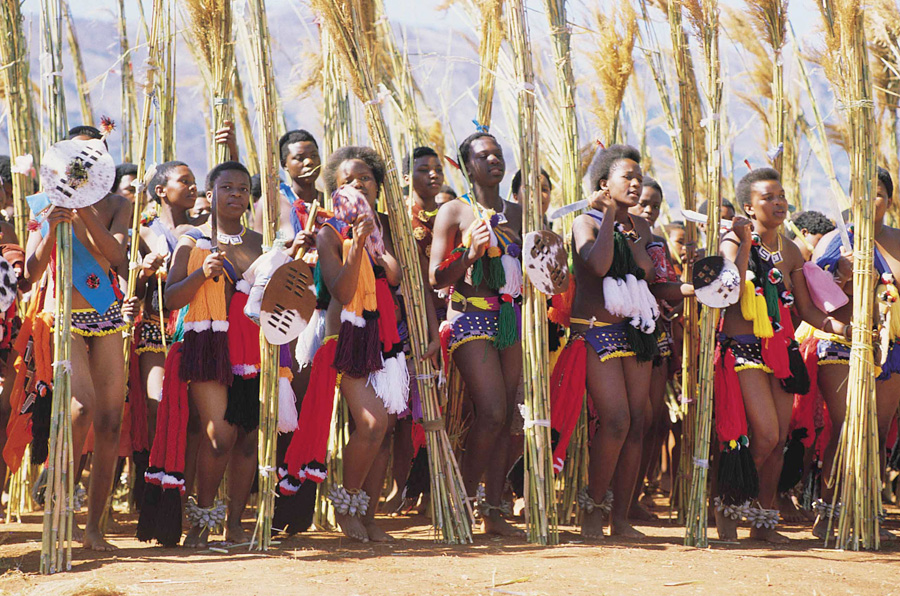South African Culture Today Can Be Fun For Anyone
3 Easy Facts About South African Culture Today Explained
Table of ContentsThe Best Strategy To Use For South African Culture TodayThe Facts About South African Culture Today UncoveredThe Facts About South African Culture Today UncoveredThe South African Culture Today IdeasSee This Report about South African Culture TodayGetting My South African Culture Today To Work

The and lamb as well as of individuals with guards and spears, in their paintings. Regrettably, hunter-gatherers can not live permanently alongside a cleared up community and hence troubles emerged. When the San dealt with against the BaNtu, they were at a big downside not only in numbers but likewise in lack of tools.
The Europeans had steeds and firearms. In this duration, the number of San was greatly minimized. South African culture today. They battled to the fatality and liked fatality to catch where they.Colonialism damaged the San migratory way of life, they were no more allowed to wander easily and prize seekers ruined the huge herds of game that developed their principal supply of food

Specific people might assume leadership in particular rounds in which they succeed, such as hunting or healing rituals, but they can not achieve settings of general influence or power. White homesteaders found this very complicated when they attempted to. Management amongst the San is kept for those who have actually lived within that team for a long period of time, who have attained a decent age, and good personality.
Land is generally had by a team, and rights to land are usually inherited bilaterally. Kinship bonds provide the. Membership in a group is established by residency. As long as an individual lives on the land of his team he keeps his subscription. It is feasible to quest ashore not owned by the team, but approval has to be obtained from the proprietors.
The 5-Second Trick For South African Culture Today
The San arrowhead does not kill the animal right away. In the situation of tiny antelope such as Duiker or Steenbok, a pair of hours might expire prior to fatality.
Water is difficult to come by, as the San are constantly on the action. Usually during the completely dry season, these travelers gather their moisture by scuffing and squeezing origins - South African culture today.
They likewise lug water in an ostrich eggshell. A caterpillar, reddish yellow in colour and about three-quarters of an inch long, called ka or ngwa is additionally used. up until it appears like red currant jelly. It is after that enabled to cool down and ready to be smeared on the arrowheads. The poison is very toxic and is considerably been afraid by the San themselves; the arrow points are therefore reversed to ensure that the toxin is securely consisted of within the reed collar.
The poison is neuro hazardous and does not pollute the entire pet. The spot where the arrowhead strikes is cut out and discarded, but the rest of the meat is fit to consume. The result of the toxin is not instant, and the seekers regularly have to. The San also dug challenges near the larger rivers where the game came to consume.
The smart Trick of South African Culture Today That Nobody is Discussing
These mistakes were smartly covered with branches, which led to the pets walking over the pit and dropping onto the risk. When capturing small pets such as hares, guinea fowls, Steenbok or Duiker, or fiber from plants go to this web-site were made use of. These had a running noose that suffocated the animal when it entered the snare to accumulate the food that had been placed inside it.
Aardvark openings are made use of by tiny buck as a relaxing place to get away the noontime sun. The hunter waited patiently behind the hole up until the animal left.
What Does South African Culture Today Do?
If the ground is bare and open, he will crawl on his stubborn belly, occasionally holding a little bush before him. Seekers lug a skin bag slung around one shoulder, consisting of individual possessions, toxin, medicine, flywhisks and additional arrowheads. They might likewise lug a club to throw at and stun little game, a long probing stick to essence hares from their burrows or an adhere to remove Aardvark or Warthog.
According to San practice, they were welcome to share the meal and would certainly, in the future, need to react in the very same way. However, plant foods, gathered by the womenfolk, are not shared however consumed by the female's instant family. The San utilize over 100 edible species of plant.
Youngsters stay at home to be watched over by those continuing to be in camp, however nursing youngsters are brought on these celebration trips, including to the tons the women need to carry. Up until recently, most amateur and click here now expert anthropologists took a look at a rock paint of the San and believed that they could decipher it with no issues.
When medicine man (medicine males) repainted an Eland, they did not simply pay respect to a sacred pet; they additionally utilized its essence (N!um). San rock paints are located in rough areas of the KwaZulu-Natal, Eastern Cape and the Western Cape provinces.
The 30-Second Trick For South African Culture Today
Manganese oxide and charcoal were made use of for black; white, which does not preserve well, was possibly gotten from bird droppings or kaolin. The blood of an Eland, an animal of terrific religious and symbolic significance, was often combined into the colour pigments.
Human figures are elegant and shown as having long strides and the pets are either galloping or leaping, or, much more subtly, snapping a tail or twisting a neck. A lot of the paintings have an underlying spiritual theme and are believed to have actually been depictions of religious ceremonies and rituals. The San belief system typically observes the preeminence of one powerful god, while at the same time identifying the existence of lesser gods in addition to their wives and kids.
Among some San, it is thought that functioning the soil is in contrast to the world order developed by the god. The most essential spiritual being to the southern San was/ Kaggen, the trickster-deity. He created several points, and shows up in numerous misconceptions where he can be silly or sensible, tedious or useful.

/ Kaggen is not always a praying mantis, as the mantis is only one of his symptoms. He can likewise develop into an Eland, a hare, a serpent or a vulture - he can presume lots of kinds. When he is not in one of his animal forms,/ Kaggen lives his life as a common San.
South African Culture Today Fundamentals Explained
Once captured, the Eland is skinned and the fat from the animal's throat and collarbone is made right into a brew. The ladies of the tribe execute the Eland Bull Dancing where they mimic this article the mating behaviour of the Eland cows.